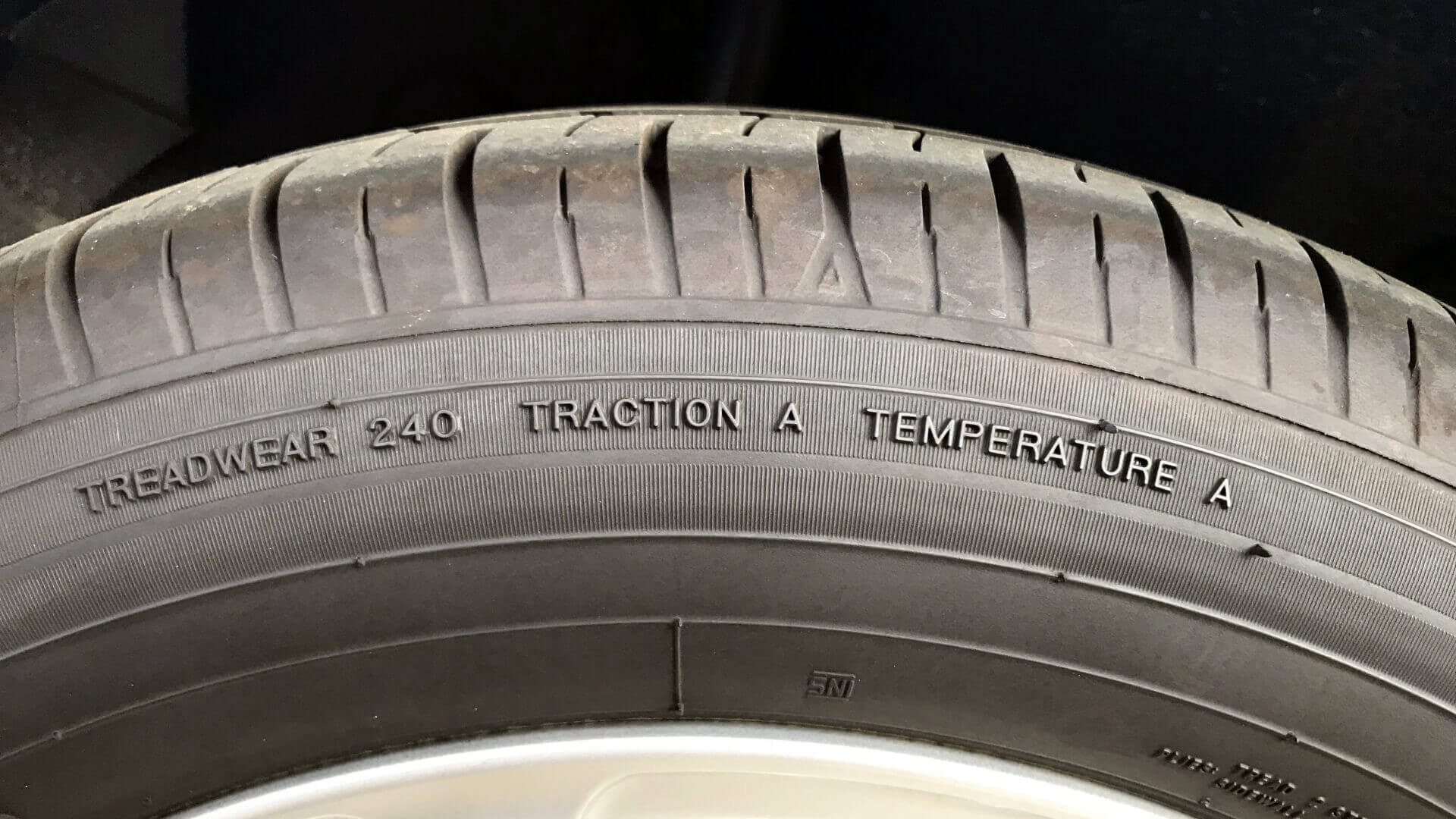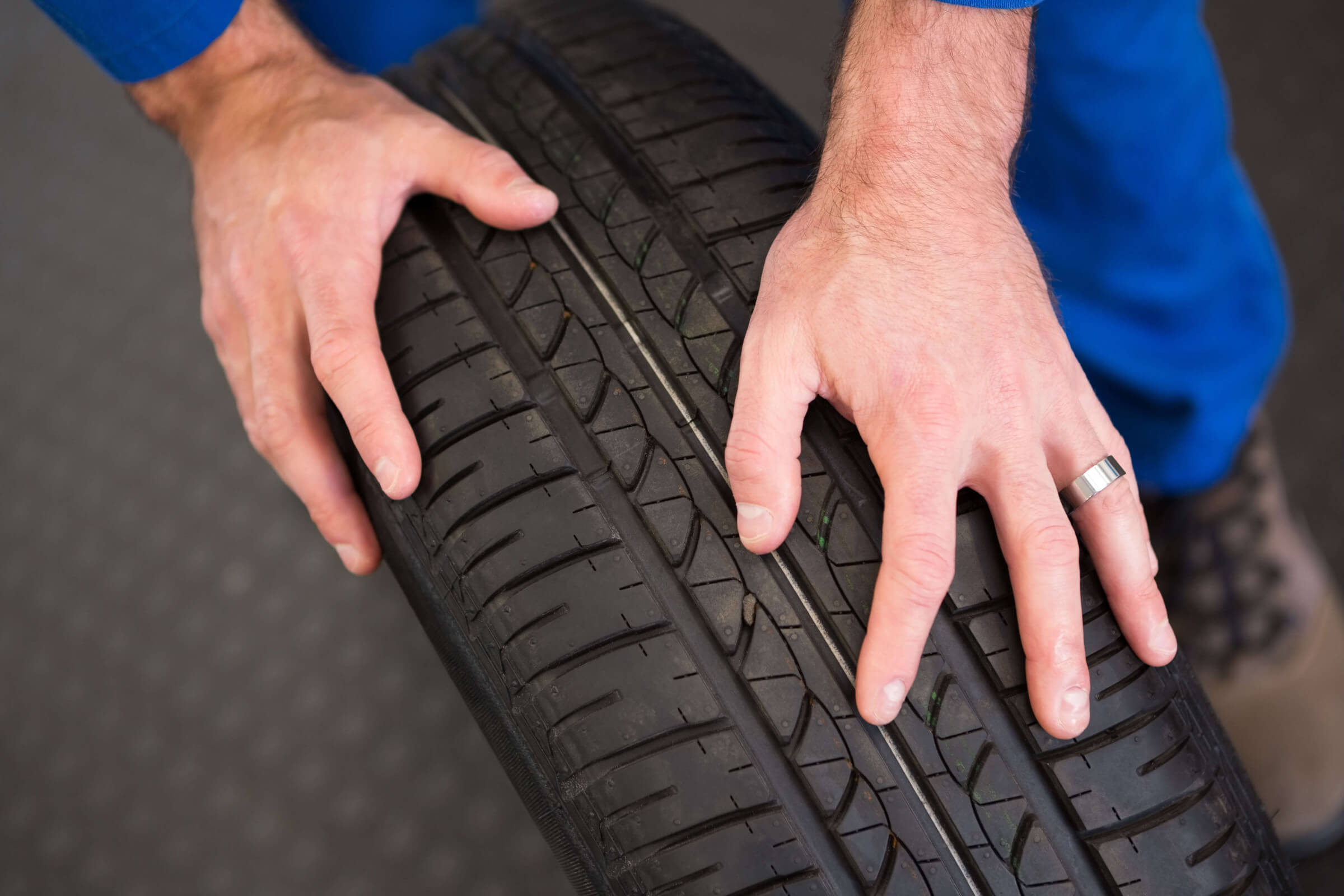Do you check your tire pressure regularly? Are you the type of person who always puts it off for later? Maybe you like to inflate your tires to their maximum capacity. You should know that Transport Canada estimates that nearly one in four vehicles has at least one tire that is 20% underinflated, while nearly 70% of motorists drive with at least one tire that is 10% overinflated… these situations are widespread! And did you know that driving with overinflated or underinflated tires can have serious consequences? Blackcircles Canada tells you more about it!
Underinflated tires: What is it?
As the name implies, underinflated tires are those that that do not have the required air pressure. It is often assumed that an underinflated tire will look like a flat tire. However, your tires may look perfectly normal – or barely slumped – but still be short of air.
What are the risks of driving with underinflated tires?
Underinflated tires can cause loss of grip and make your driving more unstable than with normally inflated tires, as well as putting you at greater risk of hydroplaning. Braking will also be significantly reduced and your fuel consumption will be higher; in the very short term this has little impact, but in the longer term it definitely adds up.
Driving with one or more underinflated tires also has other consequences: for example, because the tire deforms while driving, not only will the tread wear-out, the sidewalls will too. The bottom of the tire will be flatter depending on the air pressure. This also shortens the life of your tires and will make them dangerous to use sooner, according to the Canadian Highway Code, because their increased wear and tear will reduce their reliability. Finally, with the overheating caused by their larger contact area, they may even pop while you are driving.
What’s more, the impact of the wear and tear is significant: the life of a tire that is underinflated by 56 kPa will be cut short by nearly 15,000 kilometers!
And what about overinflated tires?
While underinflated tires can cause a host of problems, excessive tire pressure can also be dangerous. Tire manufacturers establish maximum tire pressure limits, but it is not recommended that tires be inflated to the limit. It is best to stick to the recommended pressure.
What are the risks of driving with overinflated tires?
An overinflated tire will not provide optimal handling, as only the middle section of the tread will be in contact with the ground, so the tire will tend to “hop” on the road and cause a loss of grip. Because they have less contact with the pavement, overinflated tires may not respond well to sudden changes in direction, increasing braking distance while also decreasing traction.
What’s more, an overinflated tire will not only reduce the lifespan of the steering and suspension systems, but it can also disrupt their day-to-day reliability.
How do I know what the correct pressure is for my tires?
You can find the recommended tire pressure on a label usually found on the inside of the driver’s door, in the glove compartment, inside the fuel door or in the owner’s manual; if you can’t find the information, your tire retailer can help you.
The recommended tire pressure is determined by many factors, such as the weight of the vehicle and other characteristics, so the same tire may have a different recommended pressure for different vehicles.

To learn more about recommended tire pressures, underinflated tires and their consequences, or the risks of driving with overinflated tires, just ask the specialists at blackcircles Canada, your tire retailer that delivers everywhere in Quebec!






